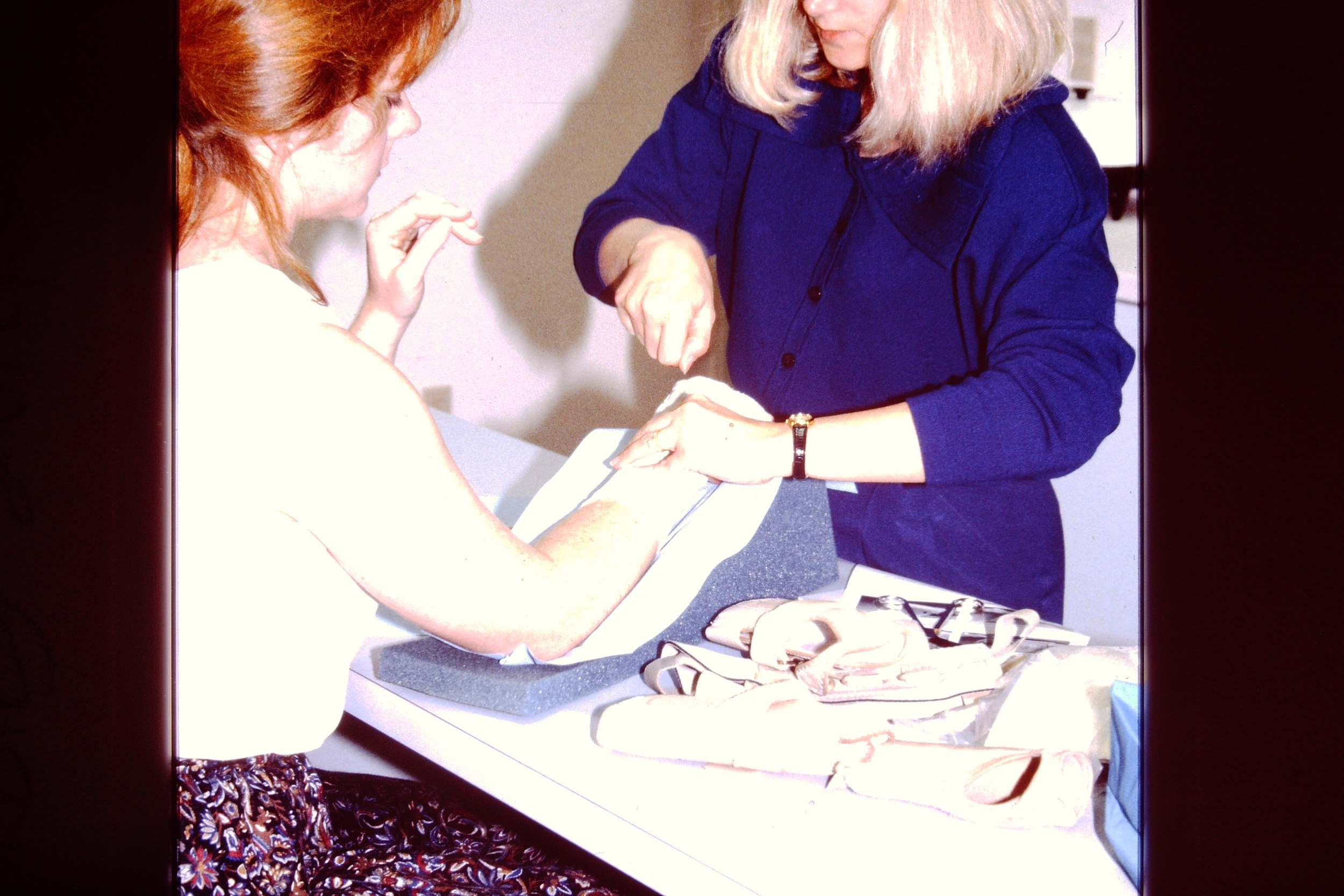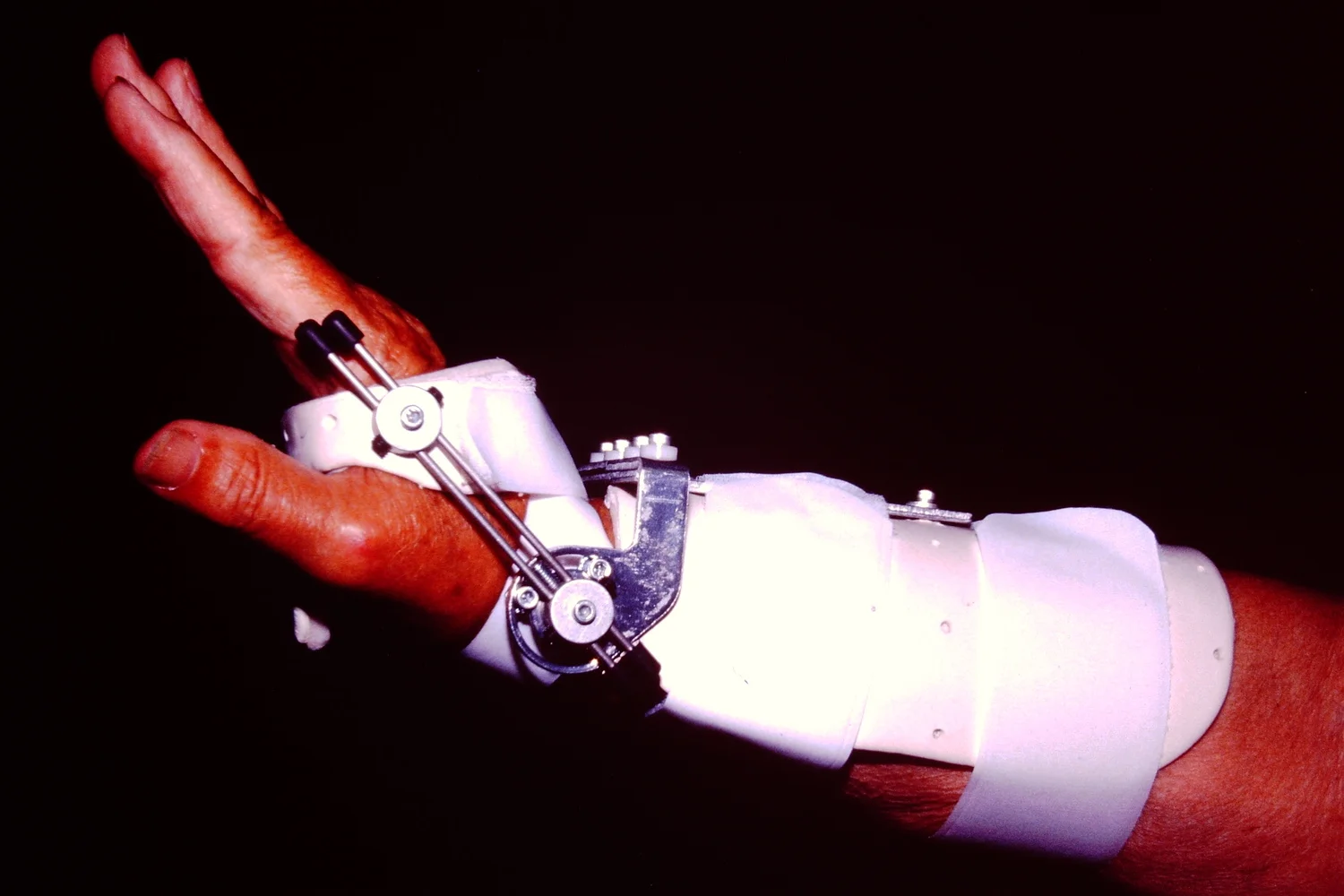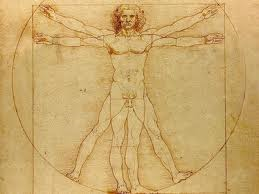Maintaining a body free of pain is necessary for your best performance. Innovative techniques in manual therapy and other modalities help treat your muscles, tendons, and joints after an injury. Kinesiotape can be used in conjunction with other clinical treatments and is effective during the acute, rehabilitative, and chronic phase of an injury. It can also be used for prevention of injury or encouraging better posture.
Traditionally, after an injury, treatments such as casts or splints will restrict movement and cause stiffness and disability. With some injuries, this time of immobilization is necessary. Research shows that keeping muscles moving as soon as possible after and injury-and improving circulation of the injured tissue- can reduce pain and speed healing.
The development of the Kinesio Taping® Method by Japanese chiropractor Dr. Kenzo Kase in 1979 was sparked by his desire to allow movement of an injured muscle while offering stability and encouraging lymphatic and blood flow to the injured muscle.
Kinesiotaping is a therapeutic taping technique that helps in the rehabilitation of injured muscles, tendons and joints and encourages proper physiological function of the limb. Kinesiology taping opens the muscle and encourages full movement. As you move, the tape encourages the skin and the fascia to glide over the muscle or tendon and encourages proper movement. That’s because the tape targets receptors in the somatosensory system to alleviate pain, encourage lymphatic drainage by increasing the space between the skin, the fascia, and the muscle and encouraging decrease in the swelling and inflammation in the injured areas.
After each treatment, your movement will be reassessed in order to design the best kinesiotaping protocol for you. Based on her years of clinical experience, Shelli brings a wealth of knowledge of anatomy and kinesiology and creativity to her clients treatment programs. She uses kinesiotape on most of her clients, designing a specific application to compliment the hands-on soft tissue work. The goal is to apply the tape so it re-educates the neuromuscular system to optimize movement patterns.
The four functions of kinesiotape include:
1) Supporting the muscle -- Proper taping improves the muscle's ability to contract even when it's weakened, reduces a feeling of pain and fatigue, and protects the muscle from cramping, over-extension and over-contraction.
2) Removing congestion to the flow of body fluids -- Kinesiology tape improves blood and lymphatic circulation and reduces inflammation and excess chemical buildup in the tissue.
3) Activating the endogenous analgesic system -- "Endogenous" refers to something that is self-originating, and calling something "analgesic" means that it can relieve pain in a conscious person. So, this requirement means that the tape must facilitate the body's own healing mechanisms, a central focus in chiropractic medicine.
4) Correcting joint problems -- The goal is improving range of motion and adjusting misalignments that result from tightened muscles.






